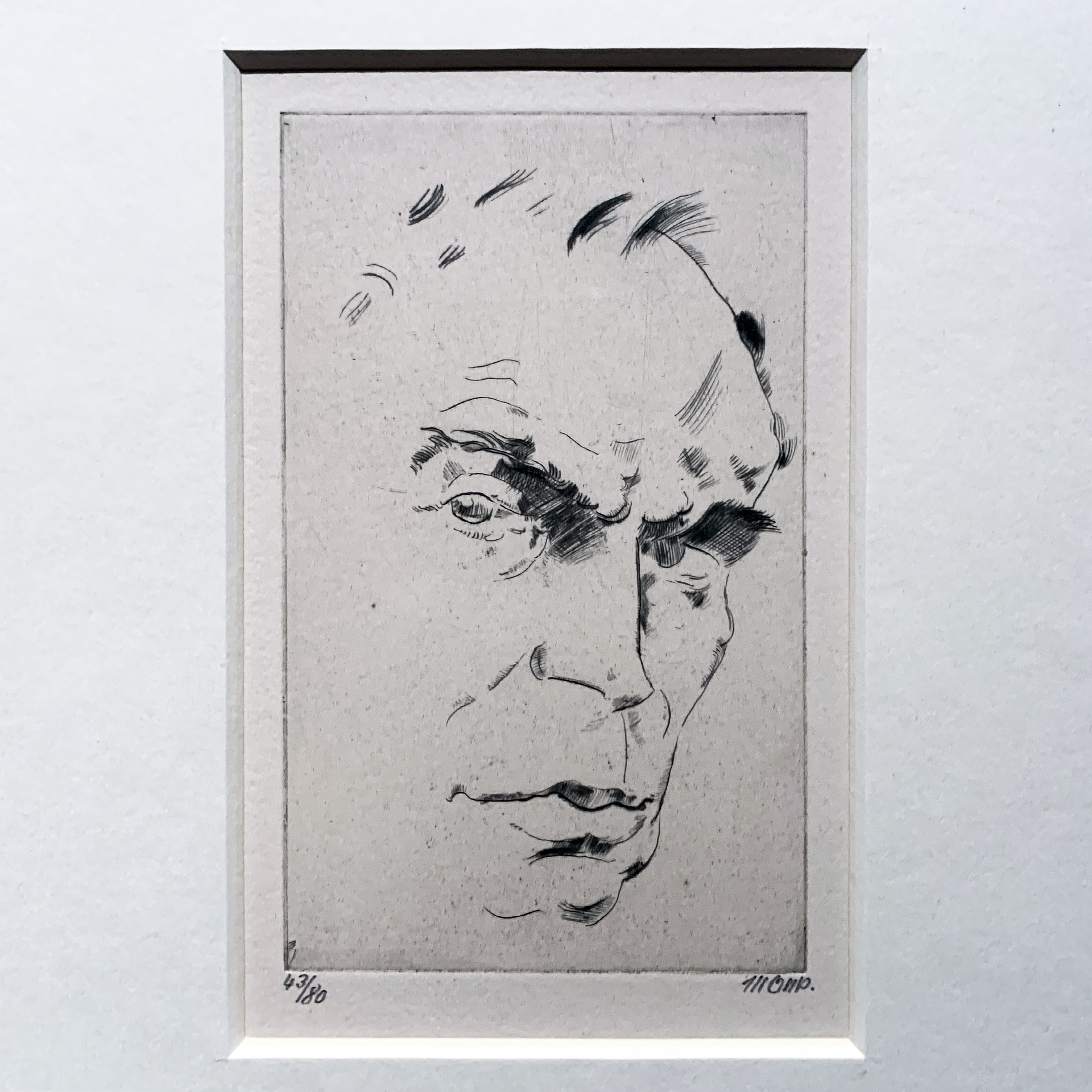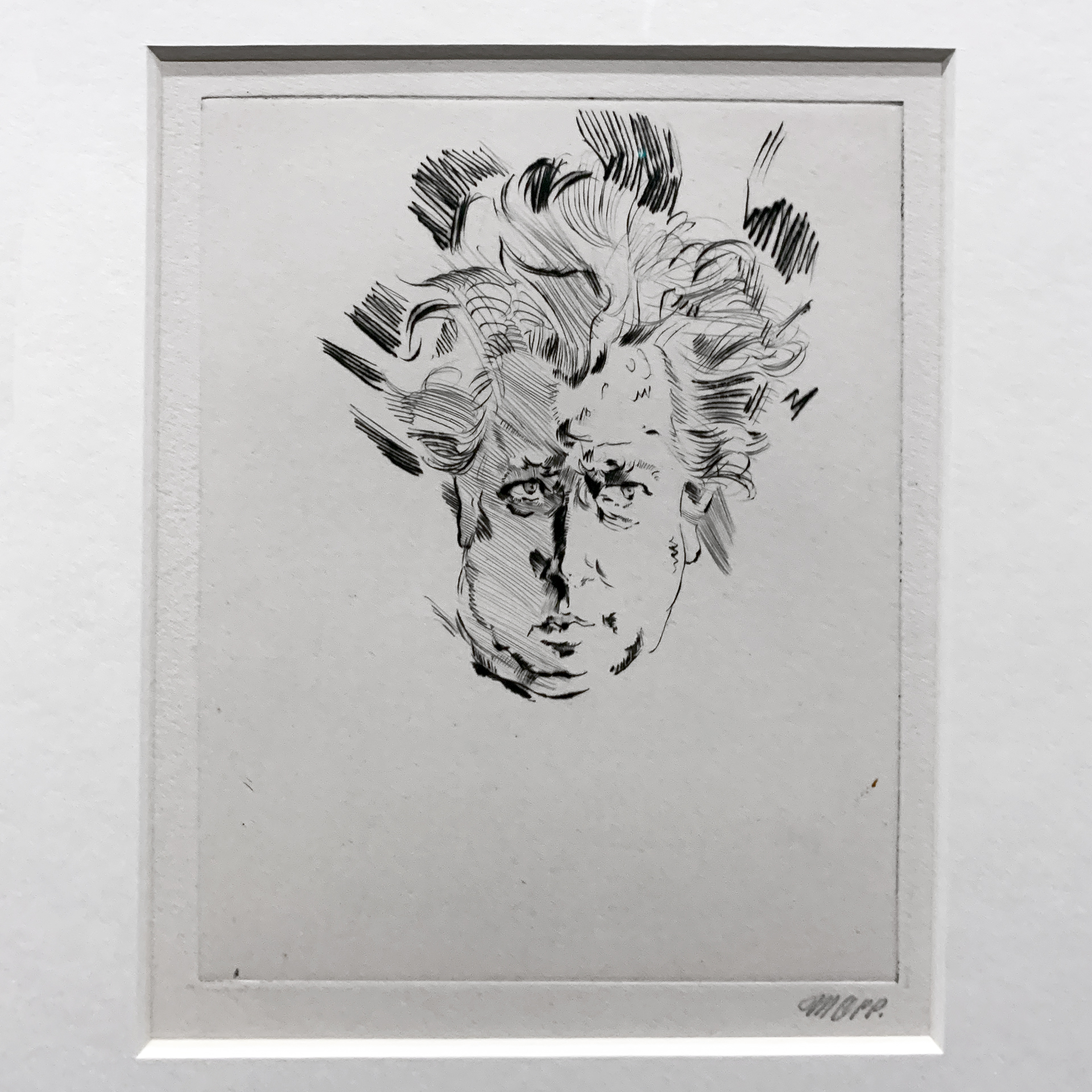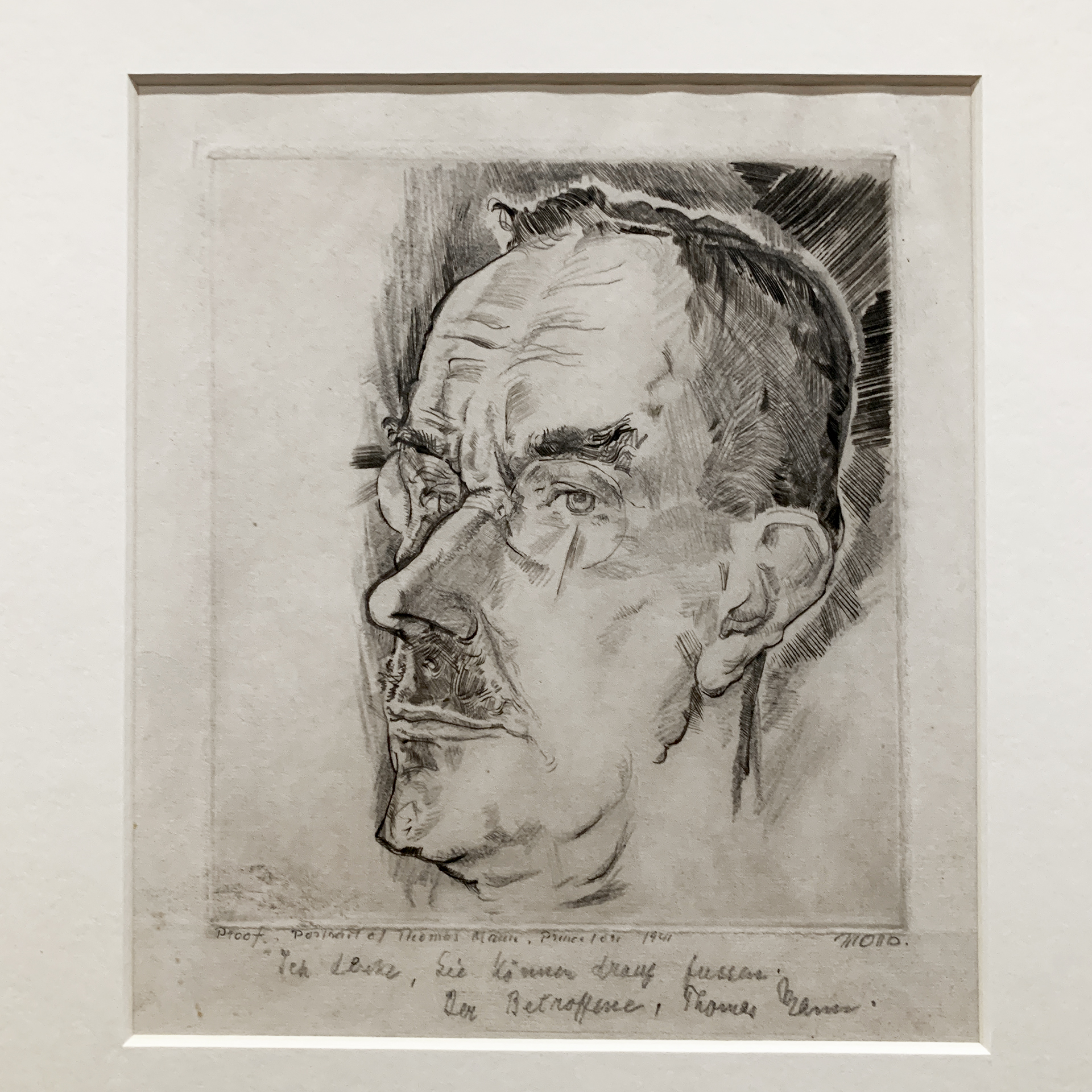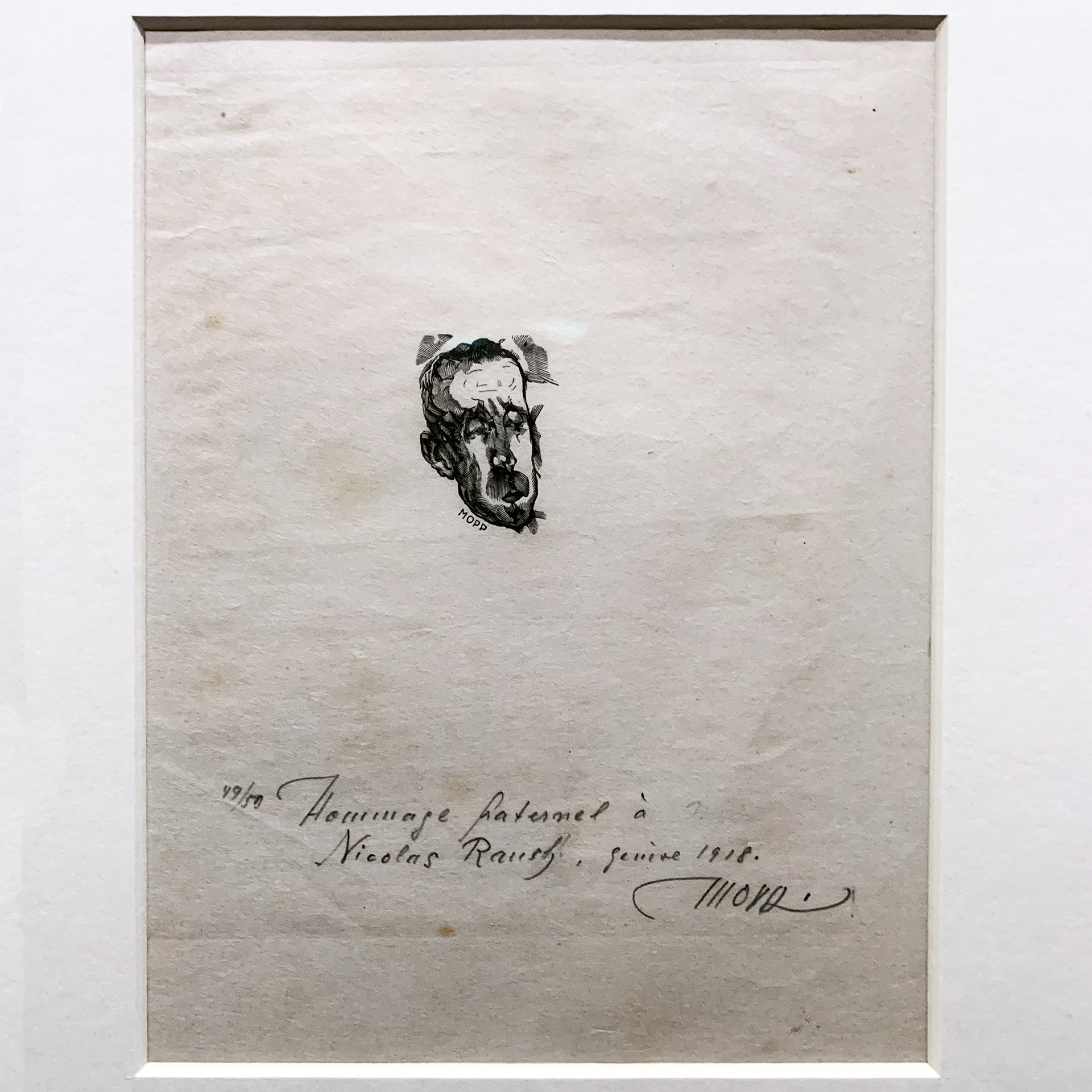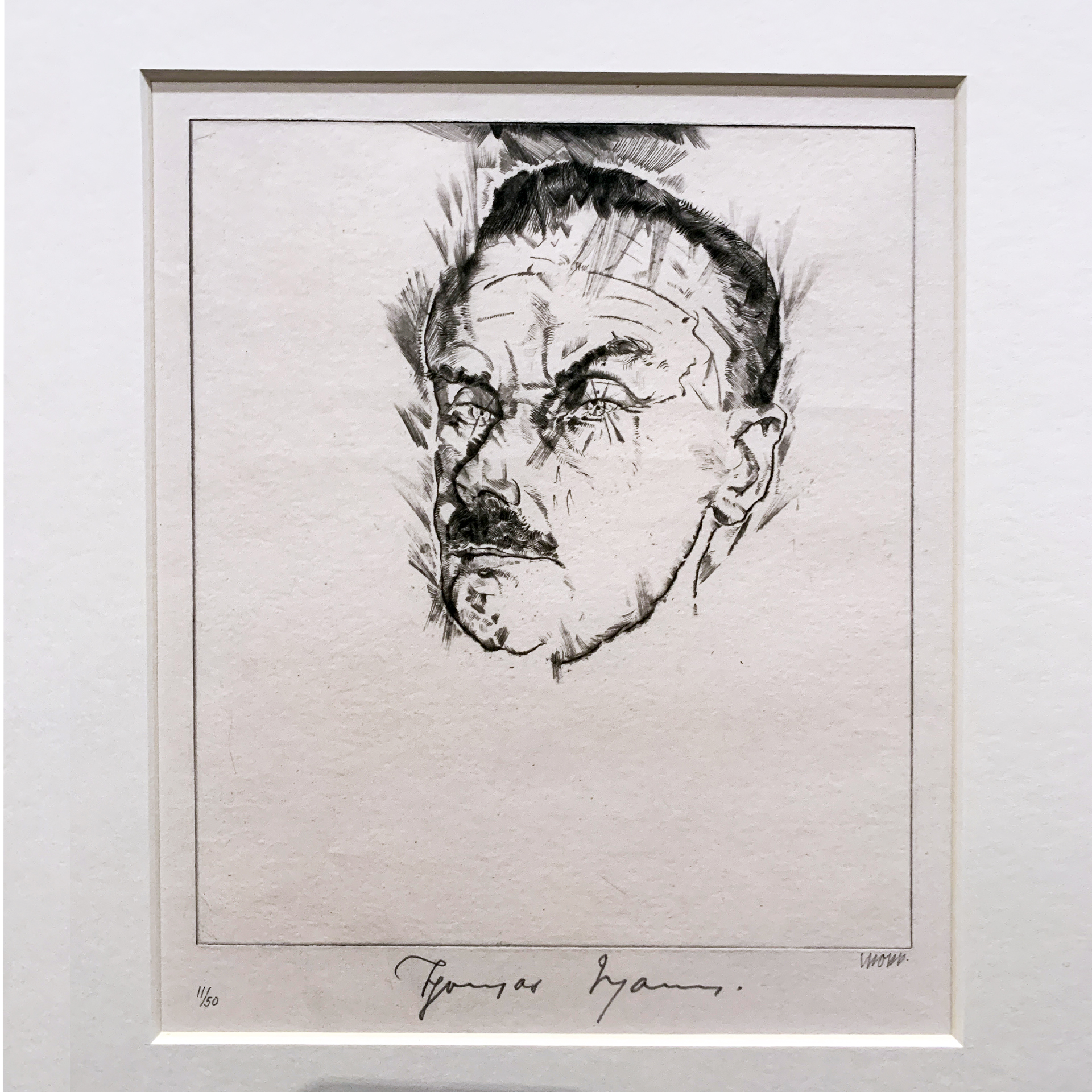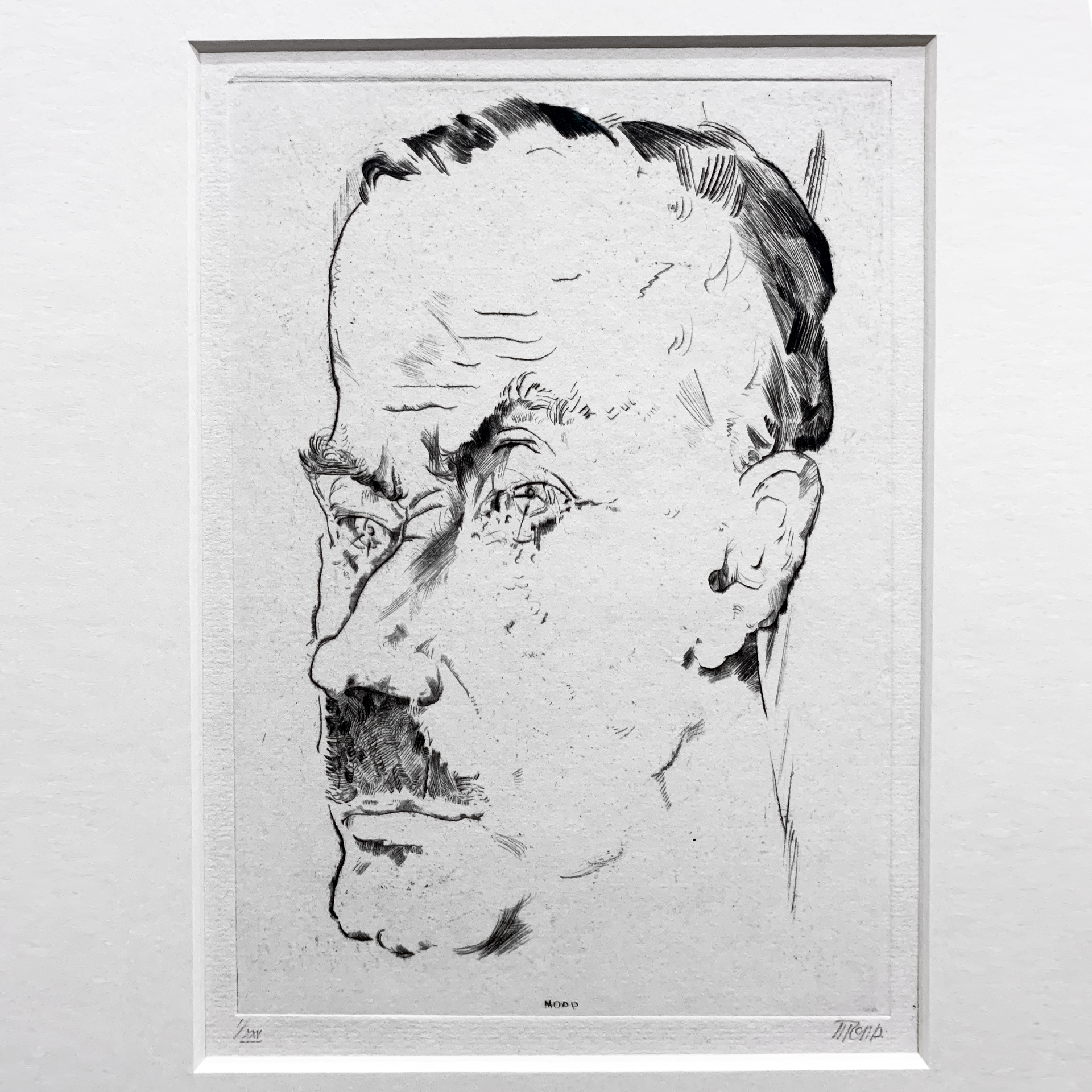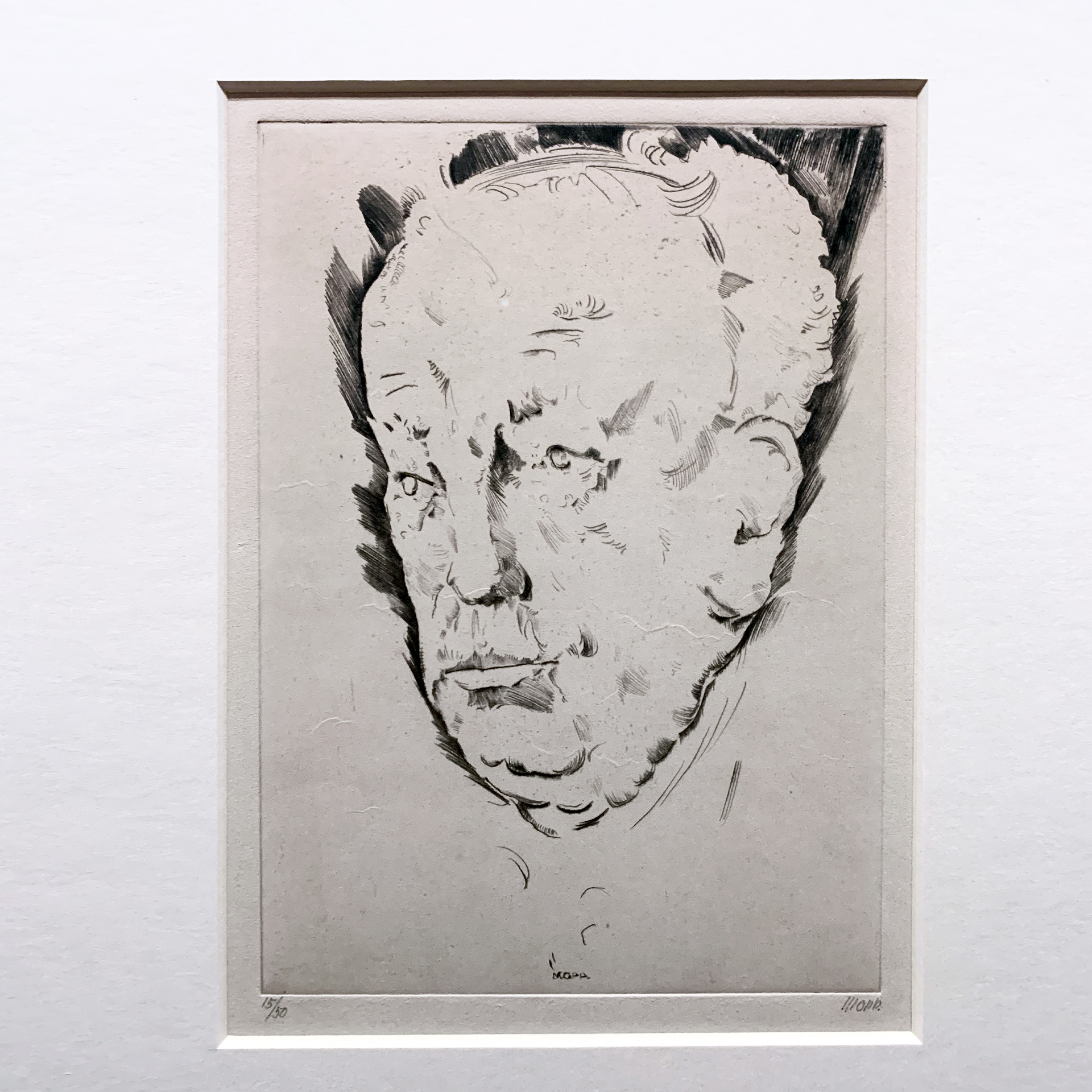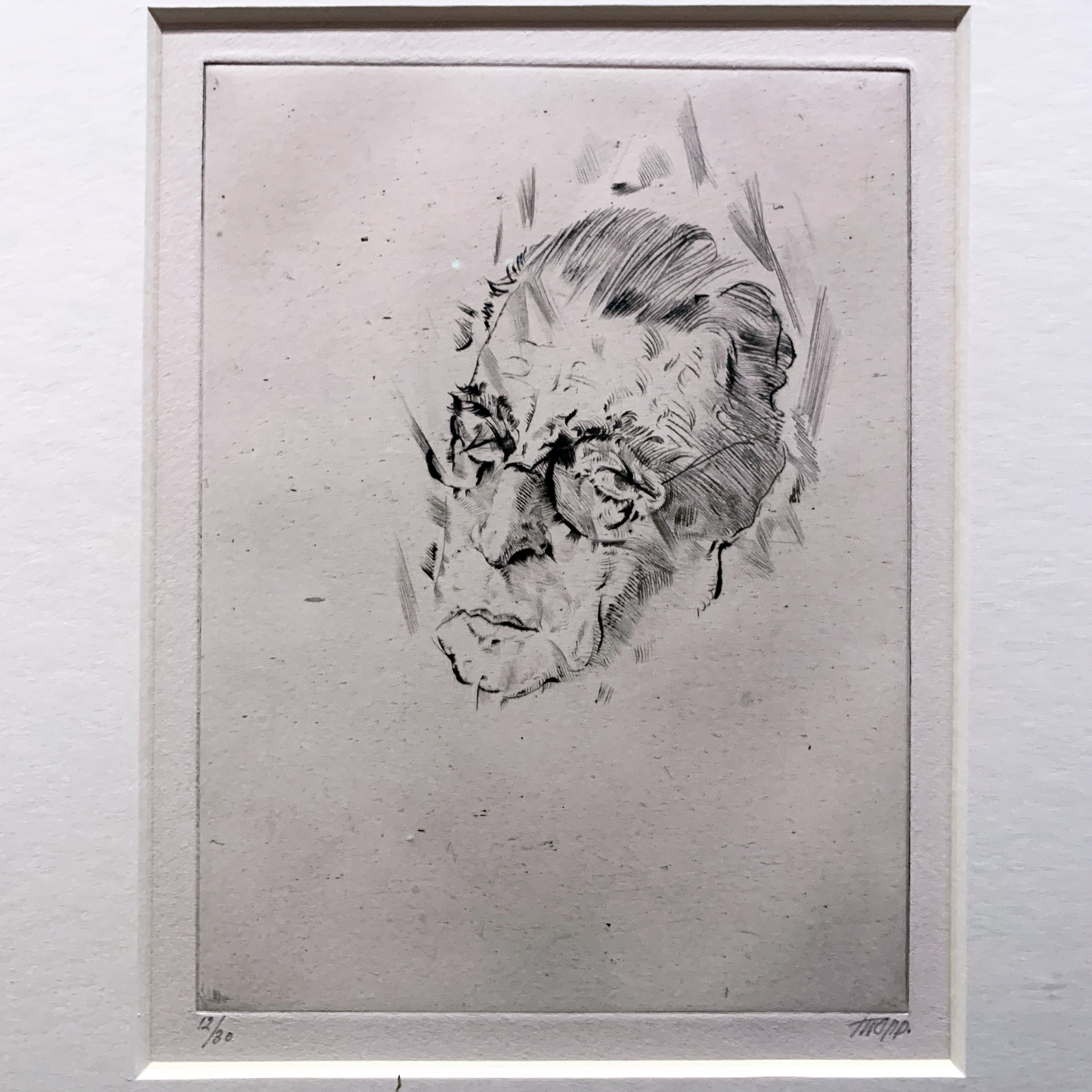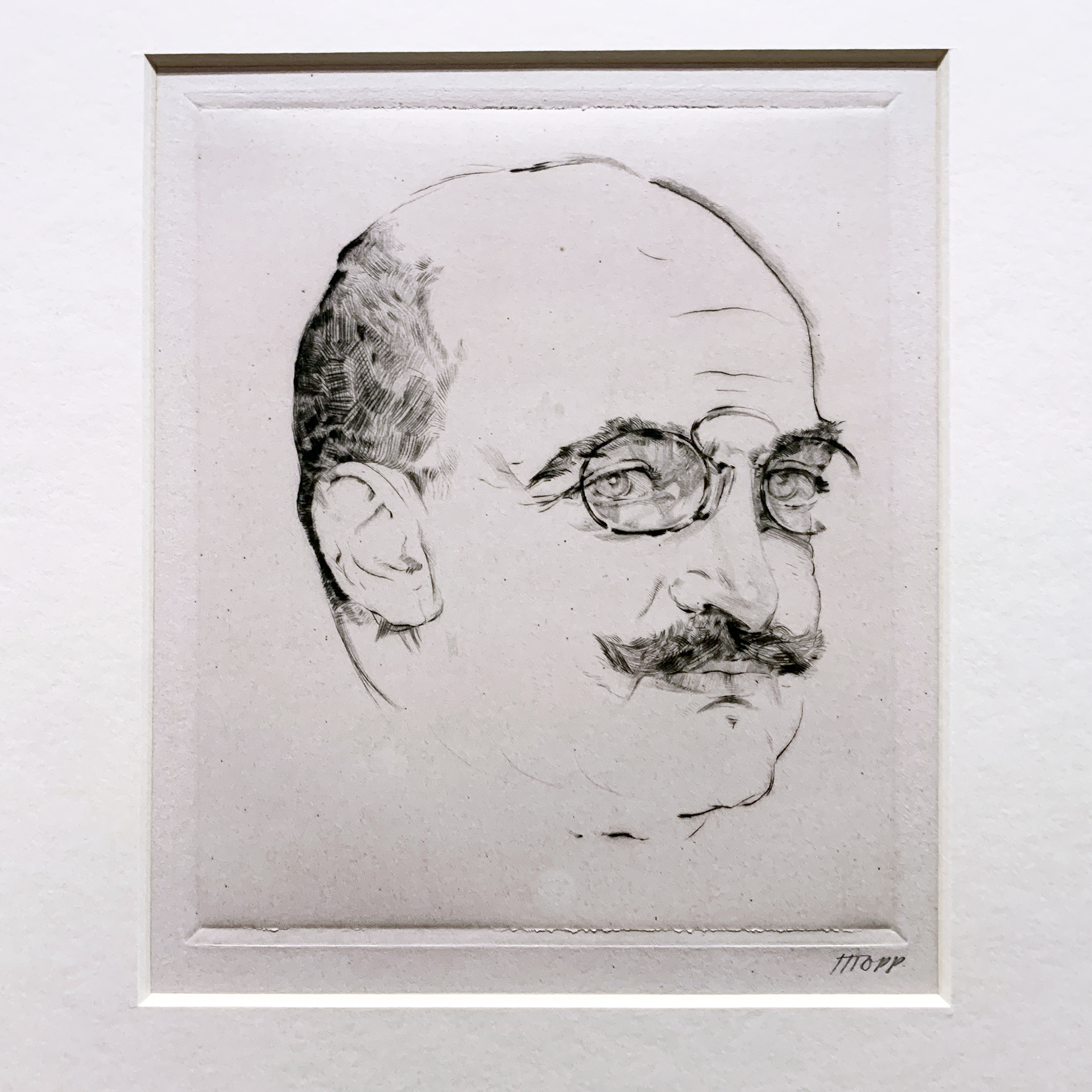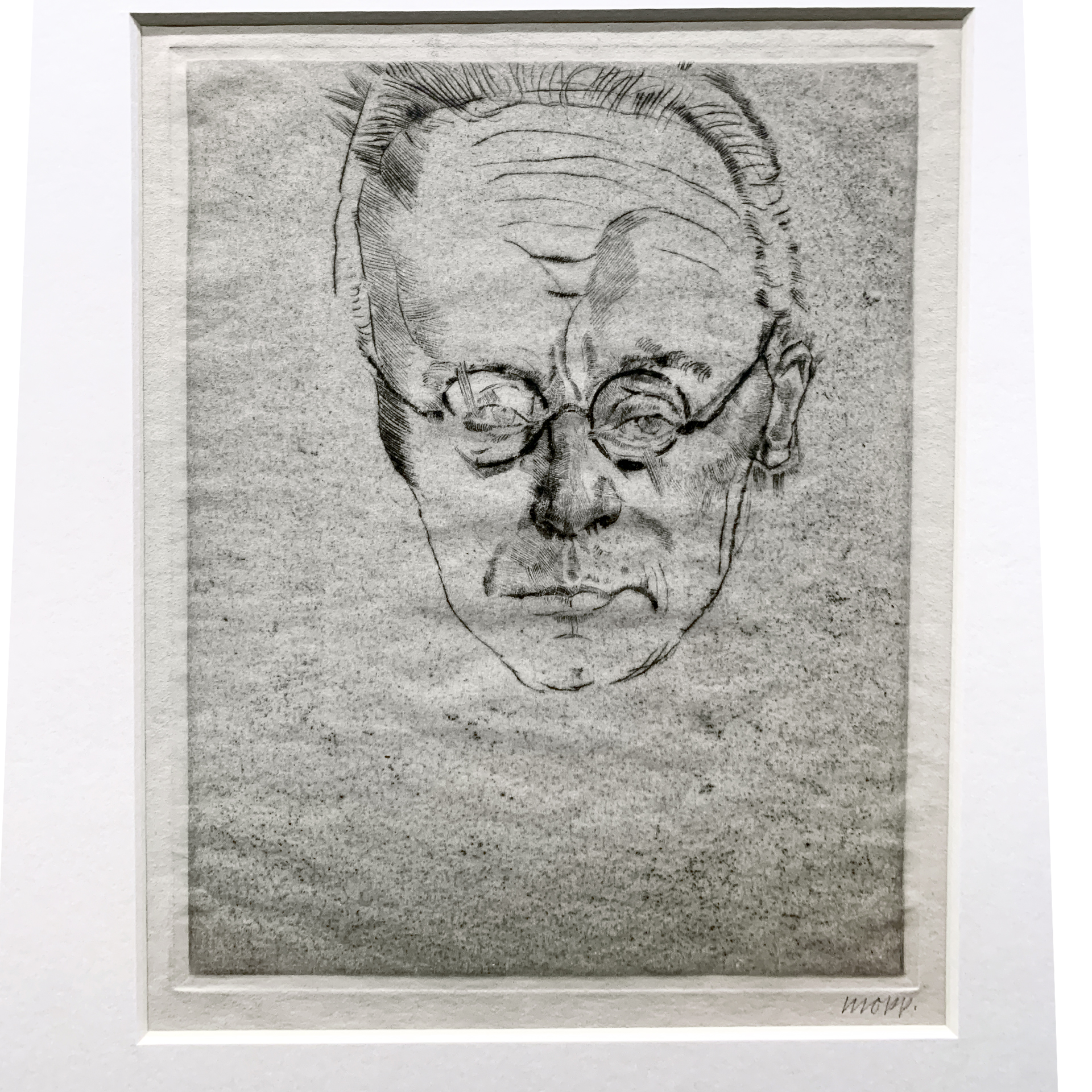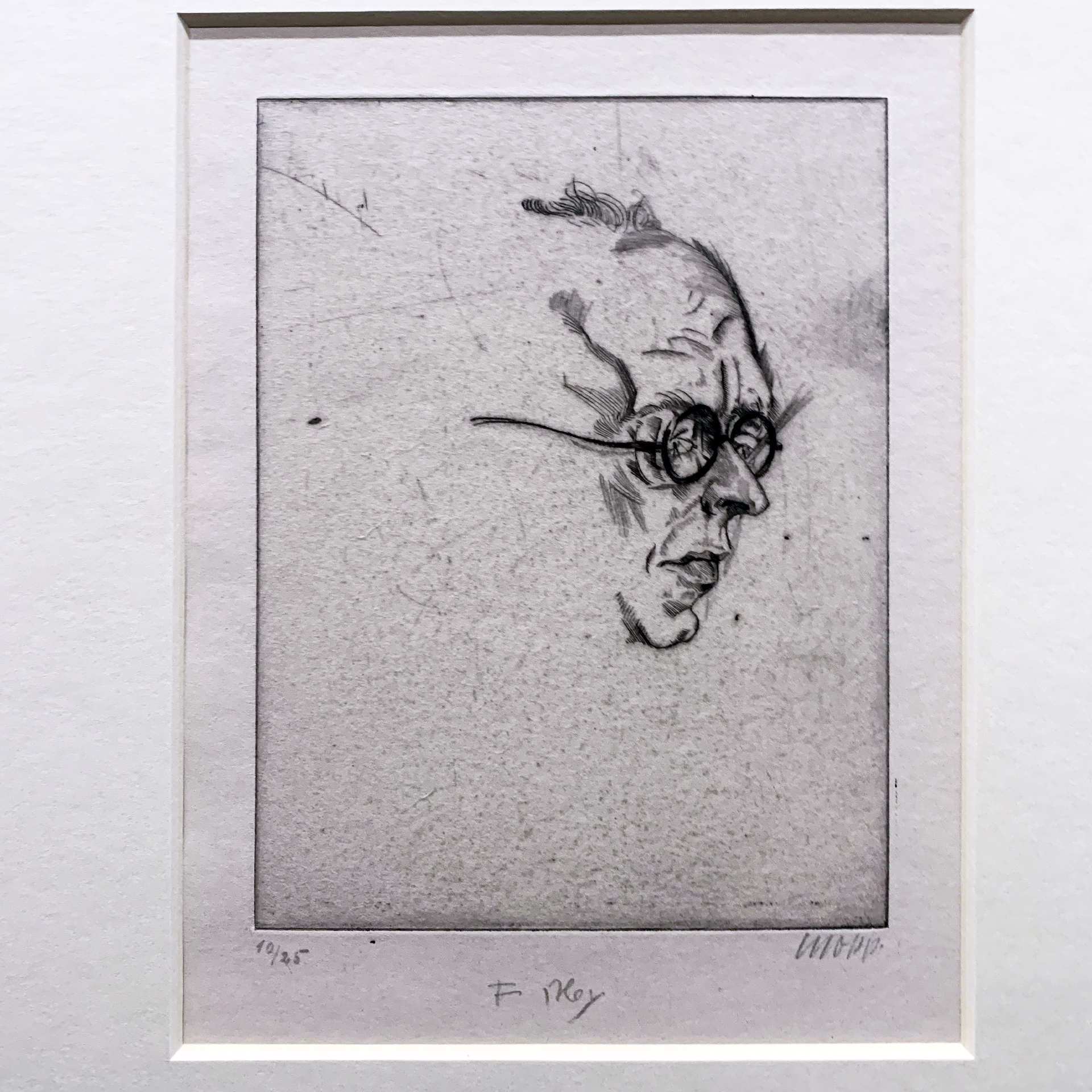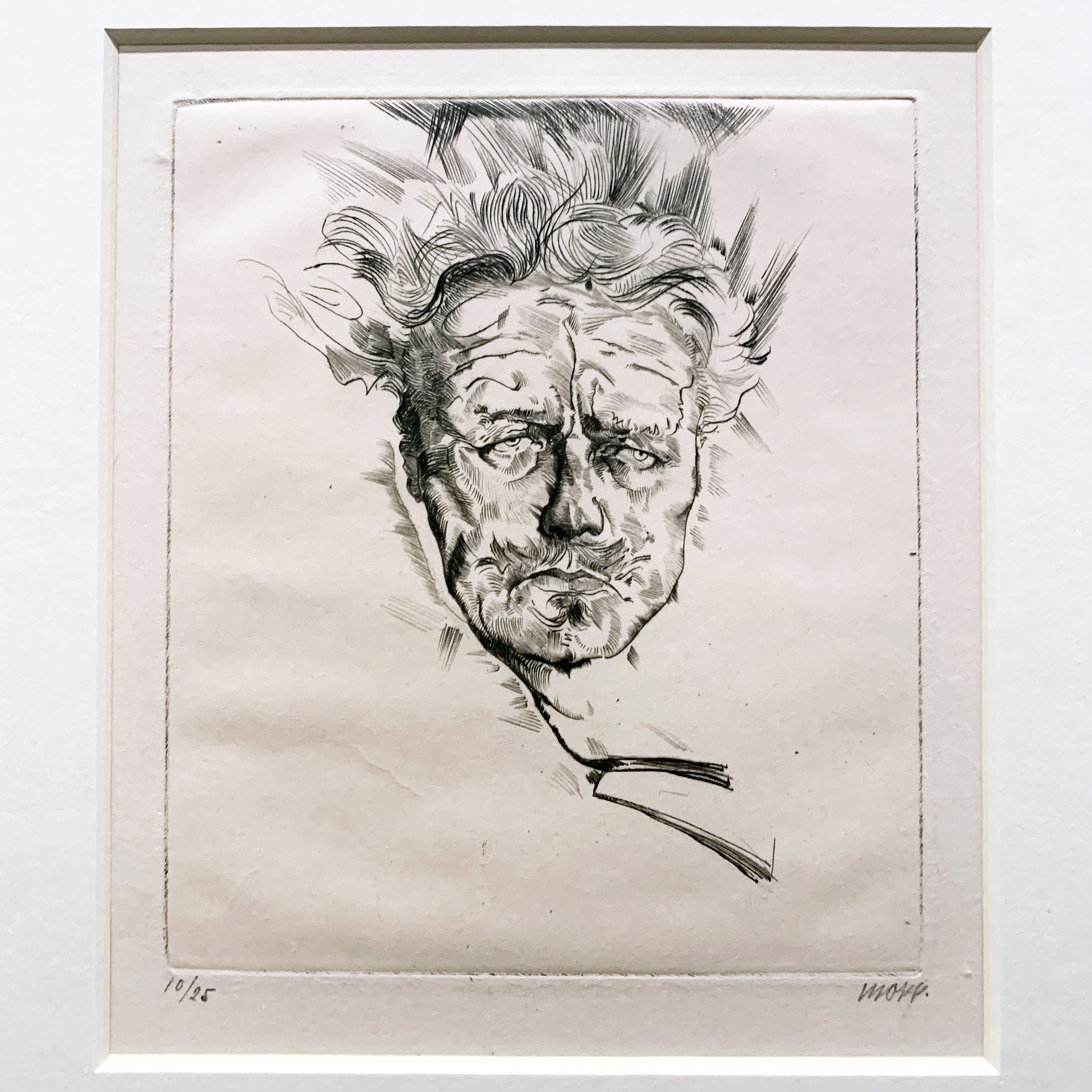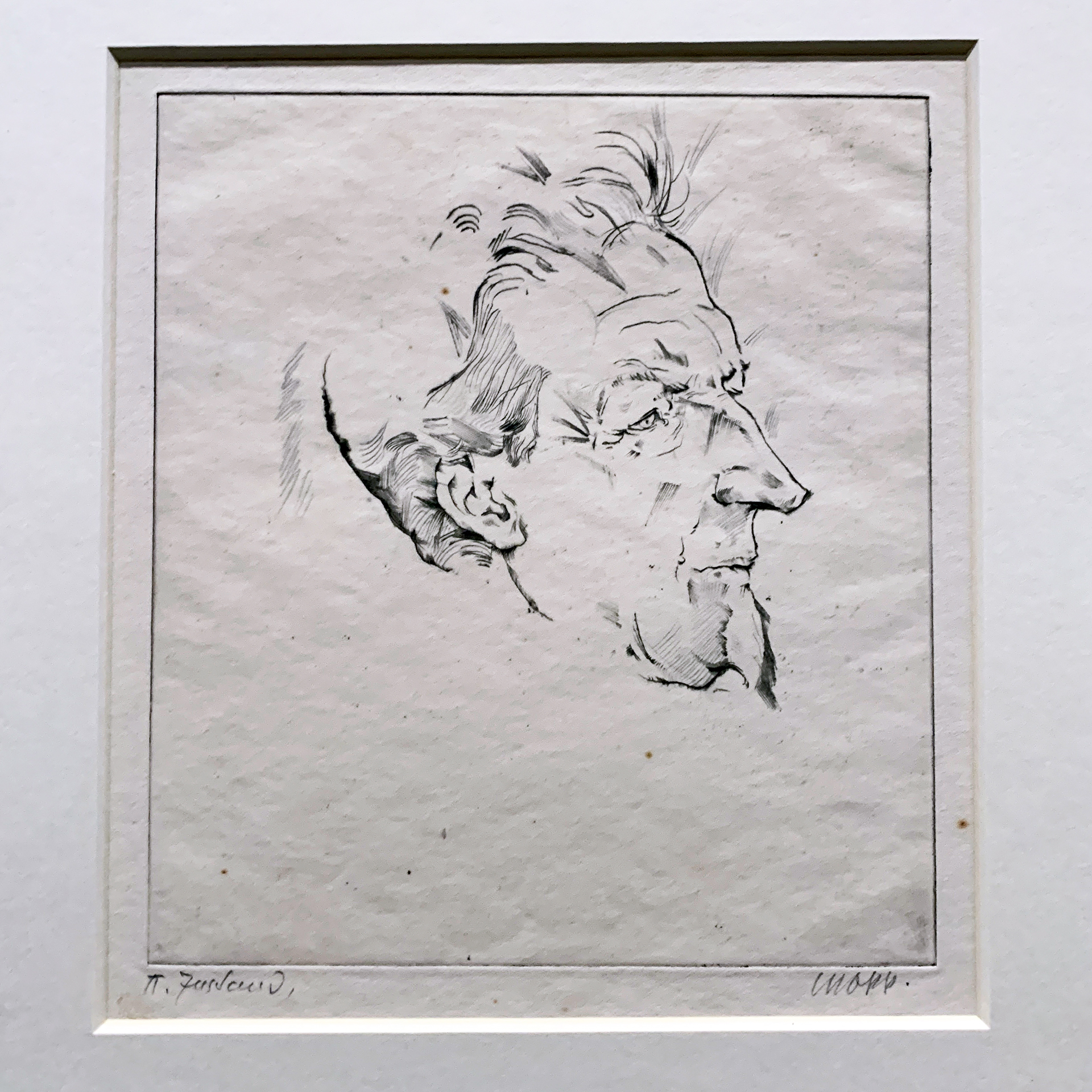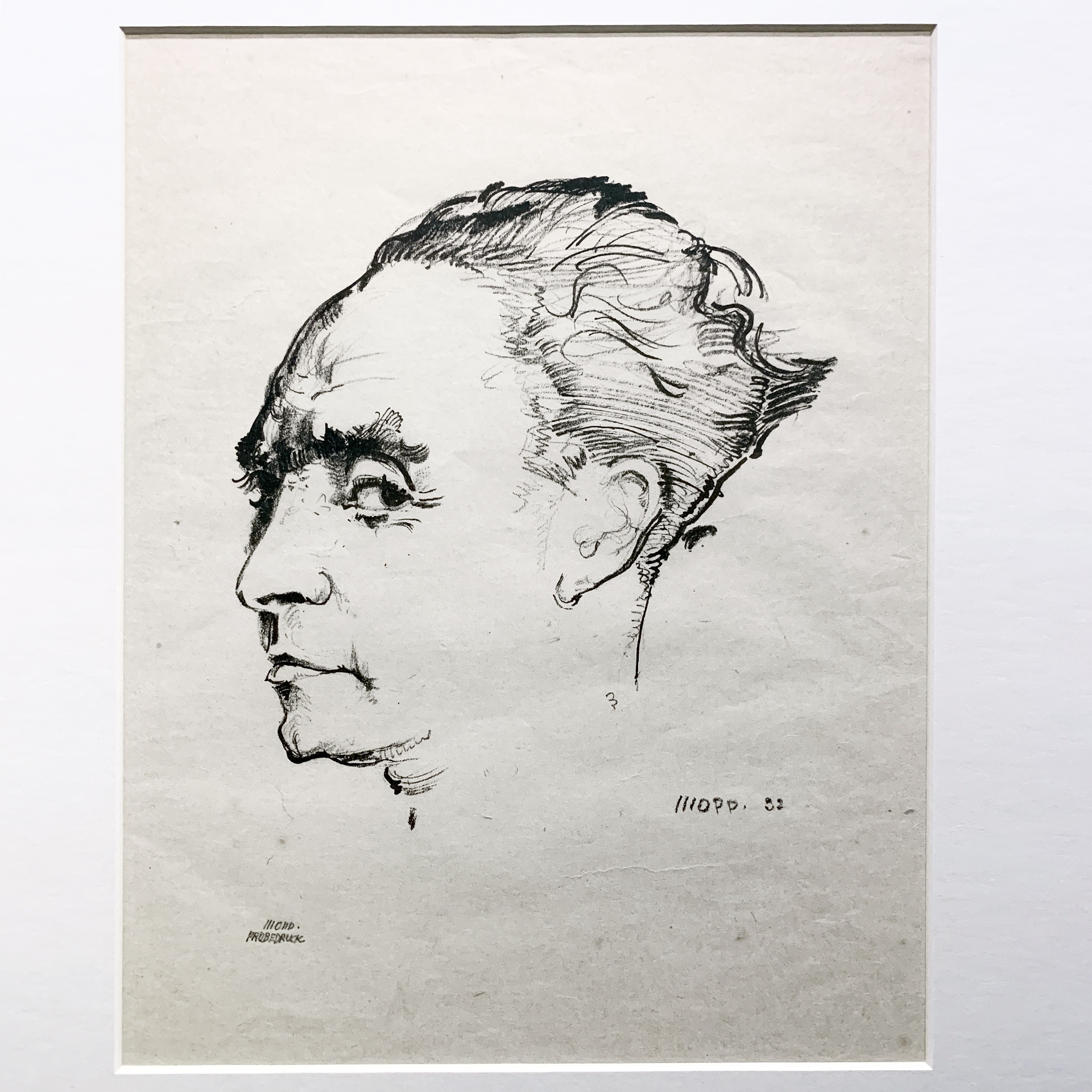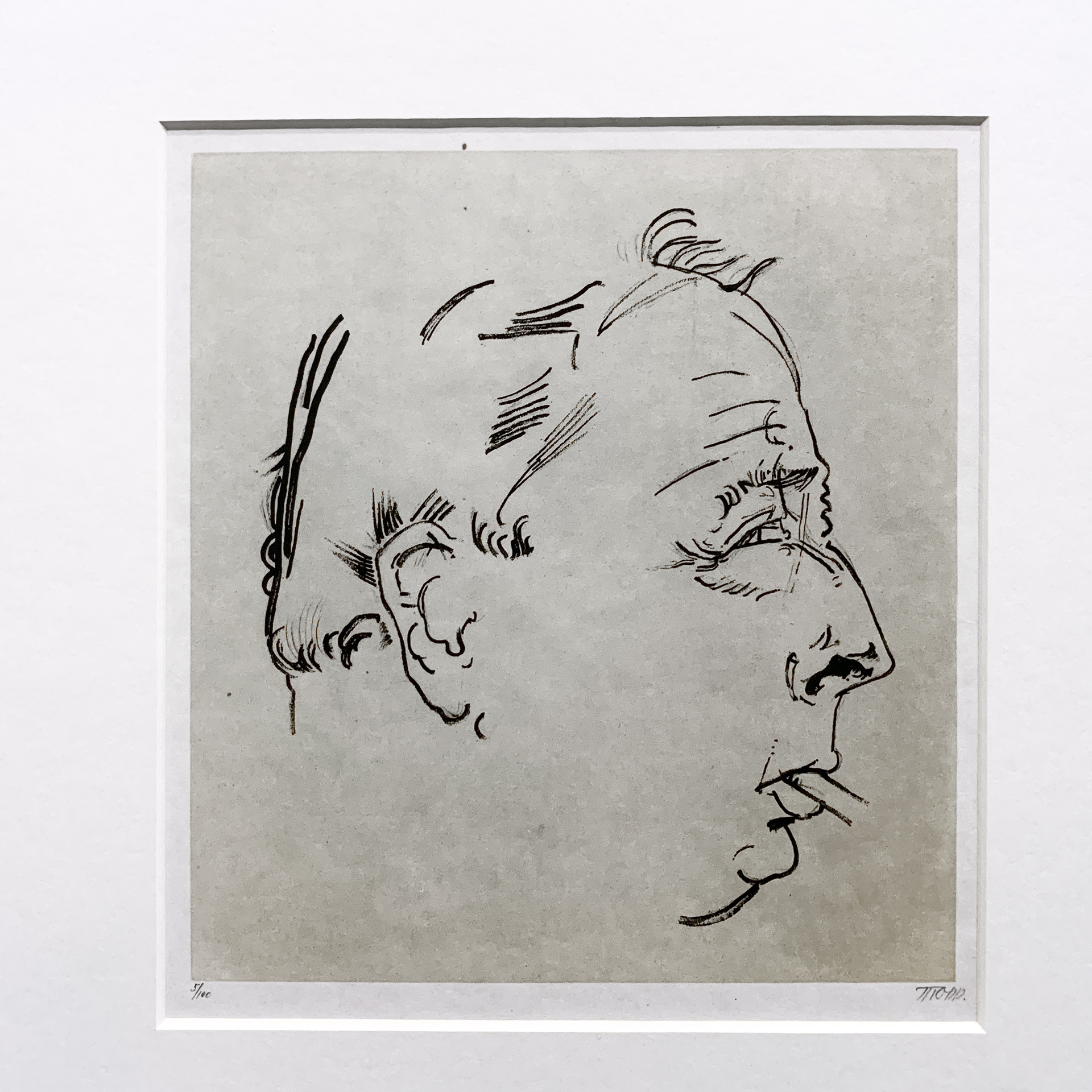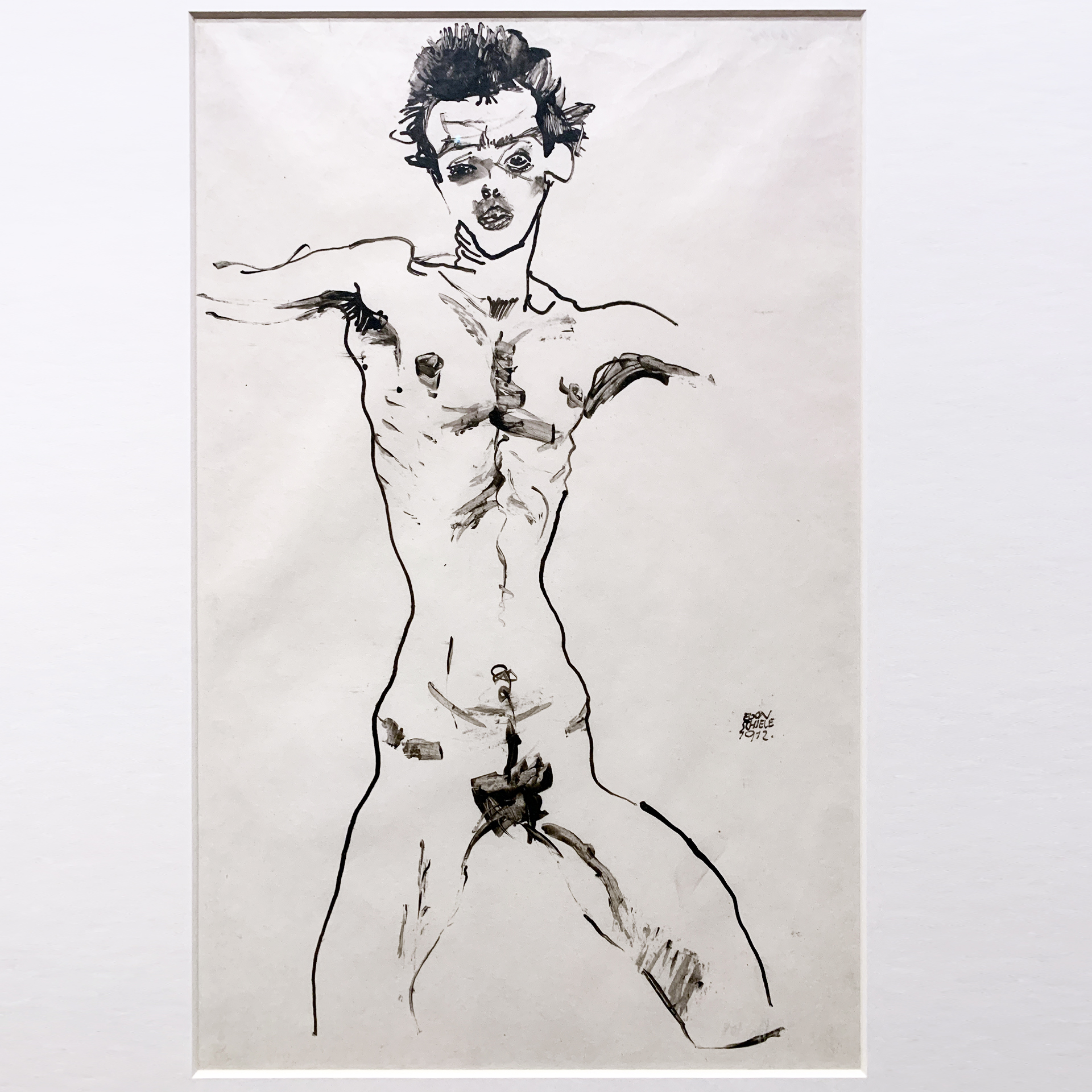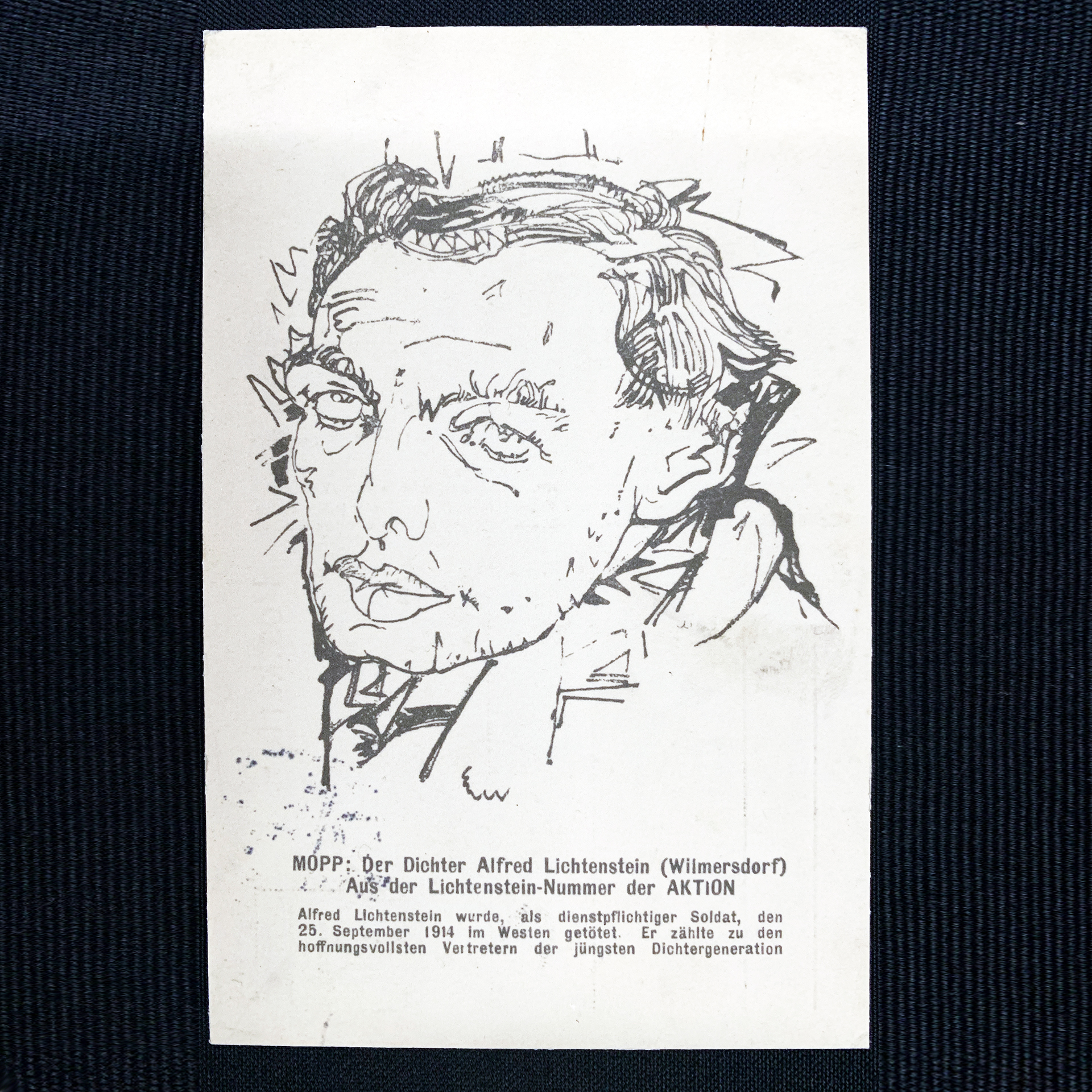Rule 4 | Work with open lines
Lesson 3 | Facing faces in drawing
45 min.
Here we want to learn from the professionals in the museum.
Step 1 | Explore the gallery below by clicking through the images
Try to find aout about the details of the sketches or drawings
Look for the open spots in these drawings. Do you notice any patterns? Could it be that the corners of the mouth or the eyes are often left open? How is the hair drawn? How does the artist handle the upper edge of the lips? How are the ears depicted? Can you tell the size of the drawings? How is the proportion from tooltip to drawing size?
Max Oppenheim as a pioneer of expressionism in the Museum Ludwig Vienna
Central to Oppenheimer’s work is the virtuosity of his stroke, revealing a draftsman of exceptional skill and sensitivity. His lines are both expressive and precise, guiding the viewer’s eye with fluidity and control. Each stroke seems to encapsulate the movement and emotion of the subject, conveying a sense of immediacy and life that transcends mere representation. This mastery of line gives his drawings a unique dynamism and rhythm, serving as a powerful element of his visual language and a compelling inspiration for sketching exercises focused on developing expressive linework.
With the most comprehensive retrospective to date on the Vienna-born artist Max Oppenheimer (1885–1954), the Leopold Museum invites viewers to rediscover a significant yet nearly forgotten body of work. This exhibition highlights how Oppenheimer developed a bold, ever-evolving artistic language, contributing profoundly to modern art. In dialogue with kindred contemporaries such as Oskar Kokoschka, Egon Schiele, George Minne, Wilhelm Lehmbruck, and Jan Stursa, the presentation also provides stylistic insights that offer a deeper understanding of Oppenheimer’s unique approach.
By the 1910s, Oppenheimer was already a prominent artistic figure. His work was exhibited in major galleries and museums across Austria, Germany, and Switzerland, gaining a place in both public and private collections. Known as a pioneer among avant-garde movements, he stood alongside Kokoschka and Schiele as one of the young artists who broke away from the traditions of the Vienna Secession, helping Austrian Expressionism gain momentum. His collaborations with artists like Paul Klee, Alfred Kubin, and Schiele in the Munich artist group SEMA, which debuted at Galerie Thannhauser in 1912, underscored his commitment to challenging norms. Oppenheimer was also among the first in his region to explore cubist aesthetics and Italian Futurism, integrating their innovative forms into his own work. Moreover, he co-founded the journal Die Aktion in 1911 and contributed extensively in the years that followed. He was also a founding member of Zurich’s Cabaret Voltaire, the pioneering Dadaist group, where his works were featured in their first exhibition at Galerie Coray in 1917. His musician portraits, rendered with a New Objectivity style, further distinguished him as one of the first to adopt this approach.
Given his progressive contributions and the success he enjoyed, it’s surprising that Oppenheimer’s work has remained underappreciated in recent decades. This oversight might be partly due to his nomadic lifestyle, marked by frequent relocations—a choice motivated both by personal reasons and the upheavals of two world wars, which forced him into emigration. His extensive travels meant his works are widely dispersed, with some locations remaining unknown or, in some cases, lost due to confiscation as “degenerate art” under the Nazi regime or destruction during wartime.
This retrospective serves not only as an invitation to explore Oppenheimer’s innovative journey but also as an opportunity to delve into the nuances of his unique artistic perspective—a fitting foundation for a series of sketching exercises inspired by his transformative approach.
From Oppenheimer’s work, we can learn the transformative power of lines and the potential of s vivid strokes to capture both structure and emotion. His approach teaches us that drawing is not just about outlining forms but about creating a dialogue between marks, space, and texture. Observing his work, we see how a draftsperson can use line variation to convey depth, energy, and mood, transforming simple strokes into an expressive language. Through studying his drawings, you can gain insights into balancing spontaneity with control, experimenting with open spaces, and allowing the viewer’s eye to complete the form—an essential lesson in the art of suggestion and visual economy.
Script
Hi and happy sketching
Text pending
Step 2 | Draw your own faces by copying and inventing from the gallery above
Get inspired by the artist Max Oppenheim
Start with a personal photo of your father or grand father from your camera roll. The beauty of this approach is that you can transform any photo into a compelling sketch. Place the photo beside your drawing surface as a reference. Then, take a closer look at how Oppenheimer approached his subjects—find an inspiring reference from his work that you can draw insights from. Observe, adapt, and sketch with intention!

ASSIGNMENT | Sketch 10 faces and focus on the open spots.
To upload, use the buttons further down.
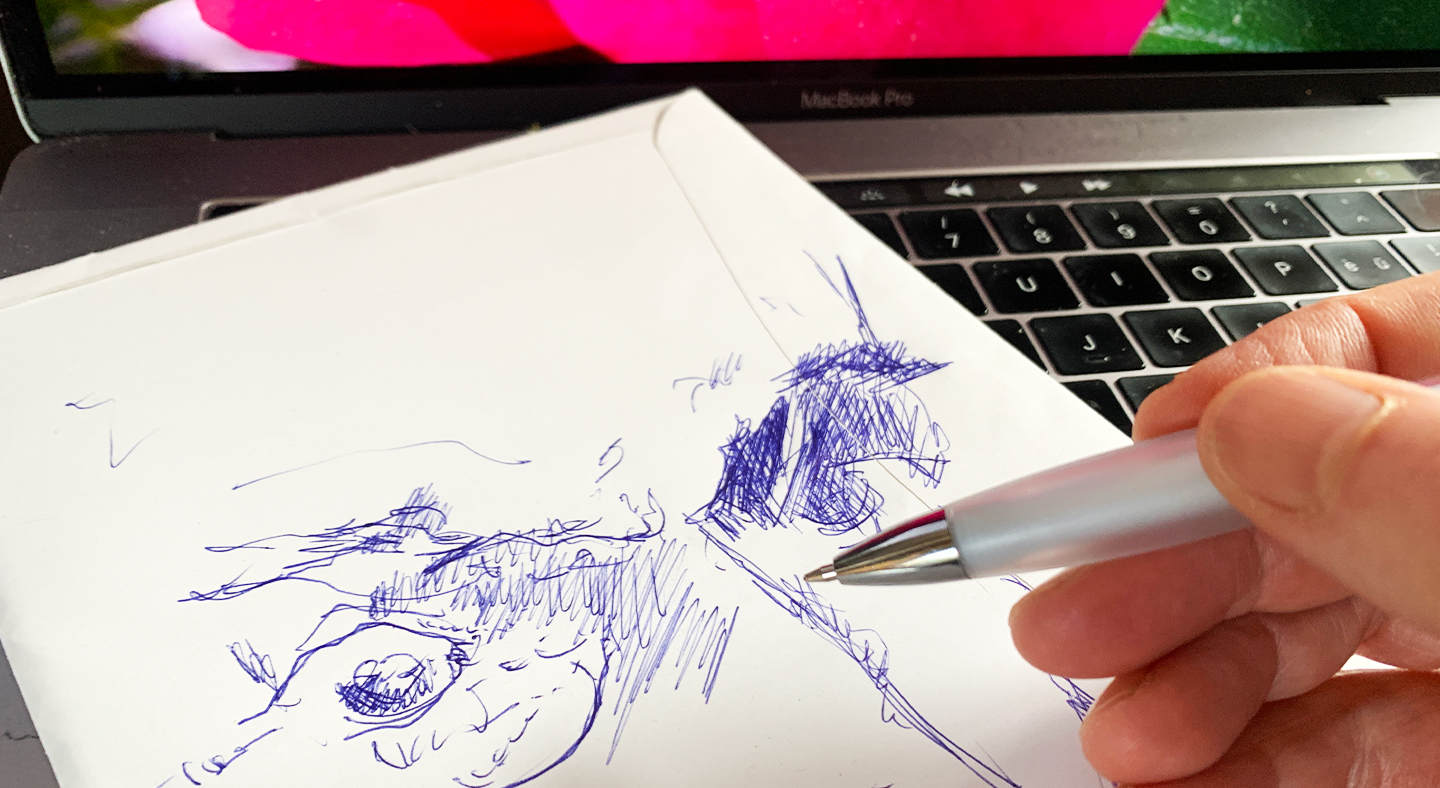
Free trial
Try one lesson and decide if you want to do the whole course. Click for the free trial ...
Certificate
If you want to achieve a certificate that proves your sketching skills, get all your information here ...

